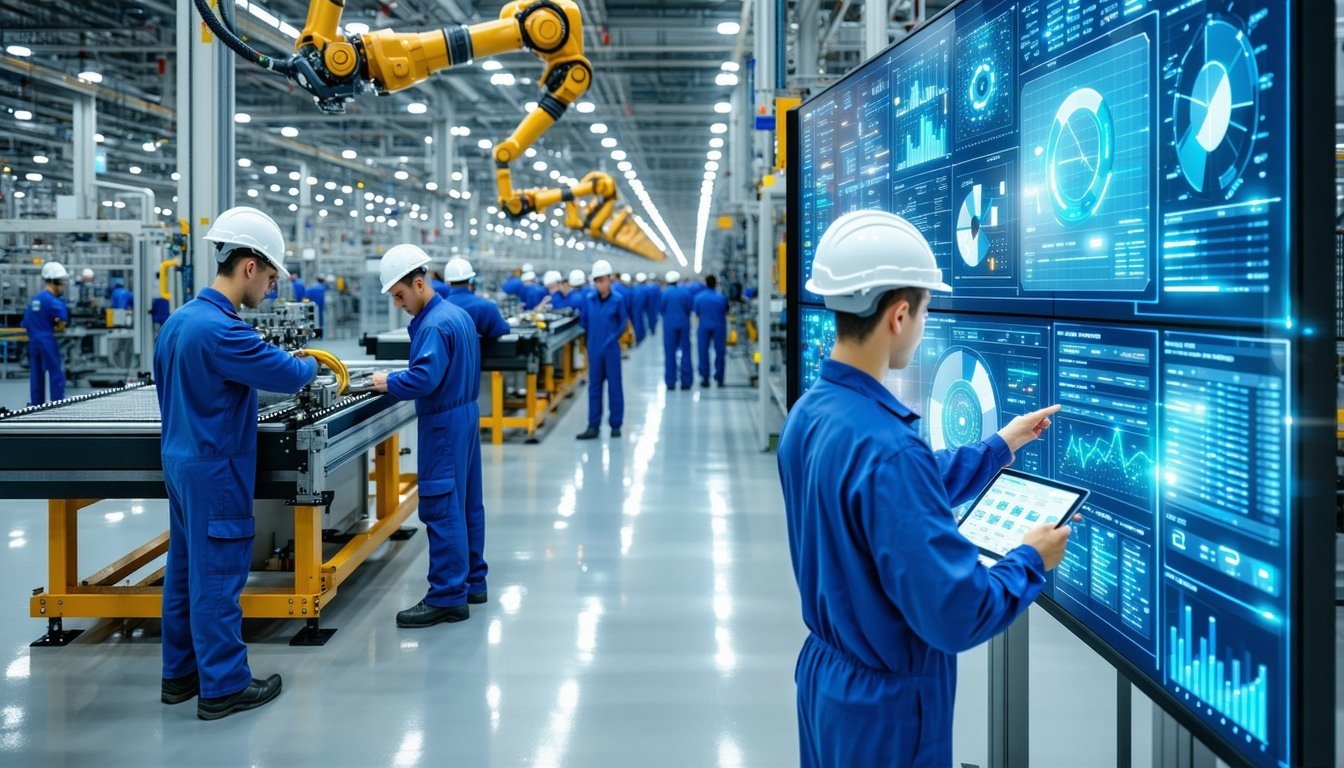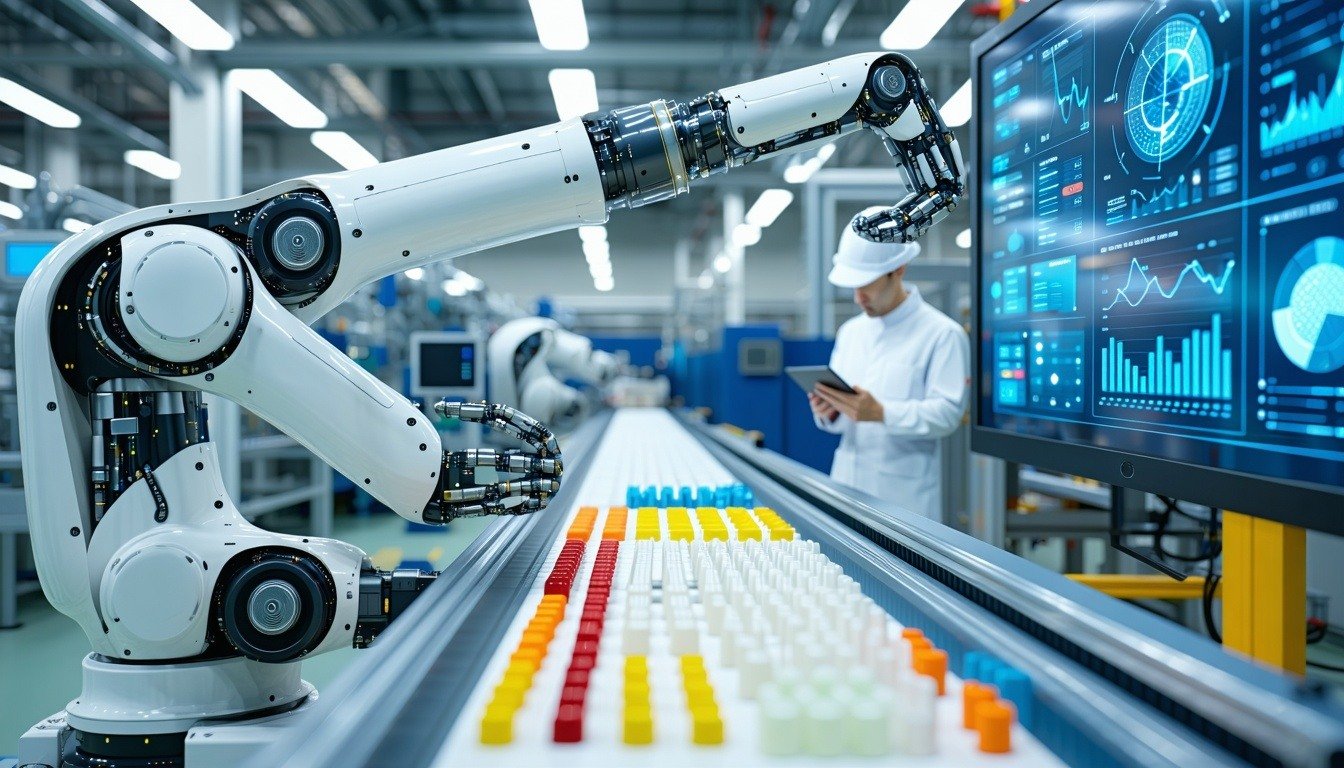The worldwide outbreak of COVID-19 has kept consumers at home in recent weeks and turned the retail industry upside-down. Public health awareness has motivated shoppers (primarily of food and essentials) to keep their outings brief and contact-free. Once our daily lives and routines re-enter a state of normalcy, the effects of the pandemic could precipitate a greater demand for retail stores with no workers, but to date, the unmanned store has not caught on.
For a period, the unmanned store was considered the “next big thing” in technology. Chinese e-commerce giants Alibaba, Suning, and JD.com as well as Amazon in the United States have set up retail stores that are fully automated in major cities, equipped with various technologies such as electronic shelf label, Radio-Frequency Identification (RFID), computer vision, and facial recognition. In 2018, ABI Research forecasted the total number of unmanned stores to grow from 393 in 2019 to 44,138 in 2023 globally.
Slowed to a Crawl
Over the last 18 months market momentum has stalled tremendously with deployment slowing down and stores struggling to move fresh groceries. Within the past three years, Alibaba has set up over 200 unmanned stores in China, but many of them have since gone out of business. An immersion into full-scale automated retail is expensive, but those aforementioned companies can invest in the necessary technology because they see value beyond the retail experience. They use artificial intelligence to obtain large troves of customer data and insights, allowing them to identify the ideal combination of in-store items and preferred user experiences, which in turn further optimize and improve their own AI models.
Despite the costs outweighing the benefits in many cases, all is not lost. The technological advancements propelled by the unmanned store boom have found a second life. The unmanned store is an early concept that was ahead of its time, but many of its key components are not. Instead of being deployed in a greenfield environment, computer vision and facial recognition have now been integrated into the existing retail landscape, from storefronts all the way to the backend. Due to their rising maturity, these technologies can work seamlessly with existing layouts and product selections, alongside other more established retail technologies such as RFID for source tagging, automated self-checking Point of Sale (POS) terminals, and smart vending.
Leaning Heavily on AI
ABI Research projects the total installed base of AI-enabled camera systems in retail is expected to grow from 420,000 in 2020 to 2.37 million in 2024. Trax, a Singapore-based startup, provides in-store AI-based image recognition solutions for retailers to monitor their shelves and predict future demands. Pensa Systems goes a bit further; by deploying its shelf monitoring solution on mobile apps and in-store drones, it can reduce stockouts, develop visual representations of the shelf display, identify pricing strategies, and optimize inventory systems.
In the case of autonomous checkout, California-based leading retail technology startup Standard Cognition continues to strengthen its AI-powered computer vision platform in Brick and Mortar (B&M) stores through the acquisition of DeepMagic, a deep-learning computer vision startup, and Explorer.ai, an indoor mapping solution provider. Similarly, AiFi, another California-based startup, introduced a scalable autonomous solution with major retailers such as Carrefour (France), Albert Heijn (Netherlands), Valora (Switzerland), and Żabka (Poland). Both startups rely on a combination of AI-based machine vision, cameras, edge computing, and sensor fusion technology. On the security front, U.K.-based startup ThirdEye is developing context-aware alert systems to detect relevant events in CCTV streams for retailers.
Uncertain Future
Interestingly, even after the unmanned store fever has died down, retailers are still actively investing in this domain. Amazon Go, the concept that started the hype, launched its first full-blown cashier-less supermarket. The supermarket now features about 5,000 items and 10,000 square feet of space, with a fresh produce section, a bakery, and an alcohol section. There are still employees in the store to serve as greeters and stock associates, but core functions, such as store monitoring, checkout, and payment, rely heavily on AI technologies.
In Asia-Pacific, there are also signs of development outside of China. In November 2019, Singapore-based Octobox started trialing an unmanned store in the National University of Singapore. At the same time, Saha Group, Thailand’s leading consumer goods manufacturing conglomerate, has committed nearly US$1.7 million to digitalize its business and bring the first unmanned store to Thailand.
It is too early to pronounce the demise of the unmanned store. ABI Research believes e-commerce vendors will continue to refine their technology stacks and the market will rebound in foreseeable future. Rising wages, labor crunch, and even an epidemic like the recent COVID-19 pandemic expose the weaknesses of labor-intensive retail supply chains. Unmanned stores augmented with robotics and machine vision solutions might present themselves as the solution to these challenges.
In this new time of uncertainty, the effect on technology and numerous industries has been tremendous. ABI Research is committed to staying on top of the short- and long-term changes COVID-19 will undoubtedly produce, and our analysts are poised to answer your questions. Reserve a live, customized strategy session during our Digital Tech Summit, taking place April 14-16. If you're unable to book a meeting during this time, you can also register for any of our three webinars, which will cover specific topics related to COVID-19.





